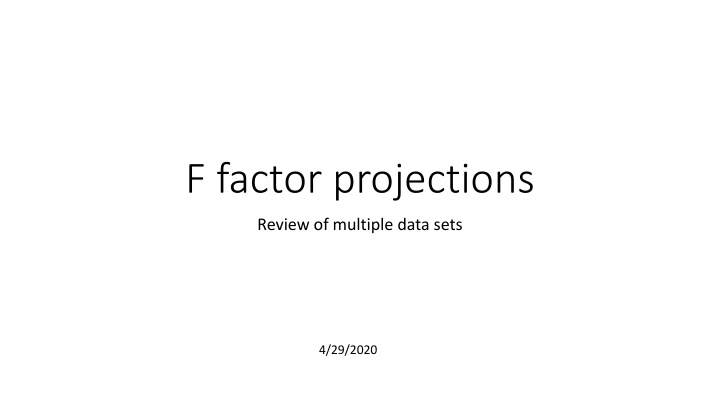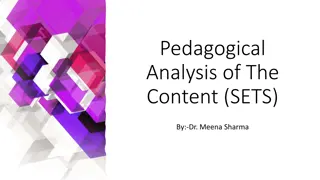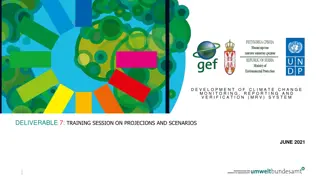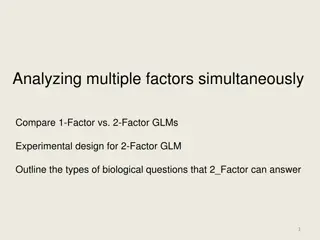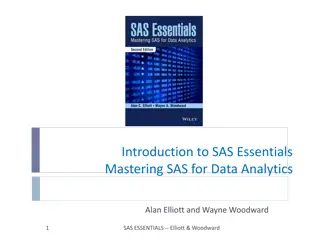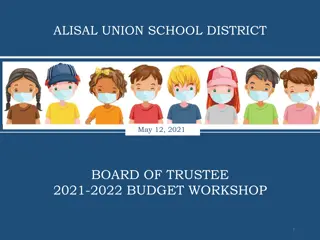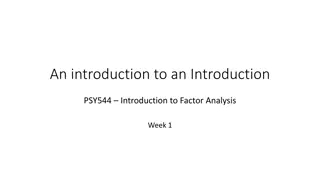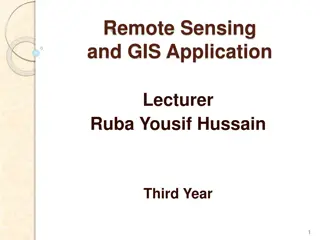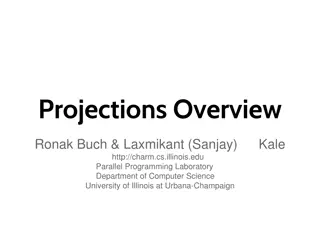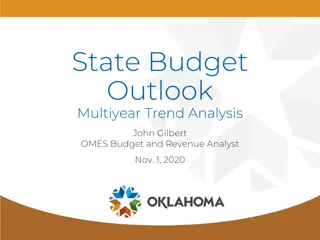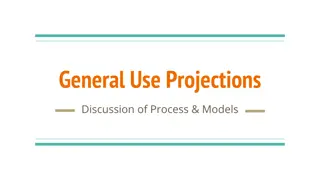Multiple Data Sets Analysis: F-Factor Projections Review
The analysis reviews F-factor projections from various sources for Model Years 2020-2025, including data from AEO 2019 and AEO 2020. It discusses the impact of small refinery exemptions (SREs) on E85 demand, anomalous pricing scenarios, and adjustments in the corrected AEO 2020. The study also highlights insights on E85 consumption, ethanol usage, and biodiesel trends.
Download Presentation

Please find below an Image/Link to download the presentation.
The content on the website is provided AS IS for your information and personal use only. It may not be sold, licensed, or shared on other websites without obtaining consent from the author.If you encounter any issues during the download, it is possible that the publisher has removed the file from their server.
You are allowed to download the files provided on this website for personal or commercial use, subject to the condition that they are used lawfully. All files are the property of their respective owners.
The content on the website is provided AS IS for your information and personal use only. It may not be sold, licensed, or shared on other websites without obtaining consent from the author.
E N D
Presentation Transcript
F factor projections Review of multiple data sets 4/29/2020
Multiple sources suggest F factors of at least 0.20 for Model Years 2020-2025 AEO 2019. Original F factor AIR report presented to EPA in March 2019 based on AEO 2019. Auto Alliance letter of September 3, 2019 formally requested an F factor of .21 based on that report. AEO 2020. After correcting for the elimination of small refinery exemptions (SREs) and making several conforming changes, AEO 2020 yields similar results to AEO 2019. AIR Fuel Consumption Model with EPA OMEGA data. Using combination of EIA and EPA OMEGA data, A-FCM yields F factors like AEO 2019 and the AEO 2020 (removing SREs). State and retail level F factor data. Real-world state and retail-level data also support F factors in the range of 0.20. 2
AEO 2019 analysis indicated an F factor in the range of .21 as advocated for by the Auto Alliance. Mean F factor across MYs 2019-2025 was approximately 0.21. F factors project over the life of the vehicle (15 to 20 years in the future). Volumes lost to SREs and unlawful inadequate domestic supply waiver have significantly reduced E85 demand over last 5 years. E85 demand and usage are expected to be higher in the future. 3
AEO 2020 including SREs gives anomalous E85 pricing Volumes lost to SREs included in AEO 2020 for the first time in any AEO. Eviscerates demand for E85. Forced E85 to be classified as a boutique fuel and creates anomalous pricing. Will not occur in the future. AEO 2020 pricing data: Inconsistent with prior AEOs. Inconsistent with real world data (black dotted line). AEO 2020 with SREs created anomalous E85 pricing diversion from blendstocks: E85 is priced higher than its constituent components (ethanol and gasoline). E85 is more expensive than gasoline even though ethanol (its main component) is much less expensive than gasoline. 4
Corrected AEO 2020 (removing SREs) yields similar E85 consumption as AEO 2019 Ethanol Used in E85 3.5 Corrected AEO 2020 run: Eliminates SREs. Allows biodiesel at ~AEO2020 reference case levels. Increases E85 stations to current number of stations. Eliminates biobutanol as competing fuel for E85 (biobutanol is prohibitively expensive and not expected to be commercially available). 3.0 2.5 Billion Gallons/Year 2.0 1.5 AEO 2018 reference case 1.0 Corrected AEO 2020 AEO 2019 reference case 0.5 AEO 2020 reference case 0.0 2010 2015 2020 2025 2030 2035 2040 Air Improvement Resource, Inc. 2045 2050 Calendar Year 5
Biodiesel adjustment in AEO 2020 alternative run Biodiesel in corrected AEO 2020 roughly the same as AEO 2020 reference case (purple line close to the black line). Corrected AEO 2020 biodiesel is still almost twice that as in AEO 2019 reference case so biodiesel grows. 6
Corrected AEO 2020 (no SREs) yields E85 pricing in line with real world data OnLocation run (corrected AEO) correlates with past actual data (pink line and gray dotted line). NEMS still tends to project near-term E85 price spikes that don t happen are corrected every year in the ensuing AEO. Thus, projected E85 use should be even higher if it is priced more competitively. 7
AIR Fuel Consumption Model yields similar results to AEO 2019 and Corrected AEO 2020 A-FCM correlates total ethanol and total gasoline to AEOs, then allocates ethanol first to gasoline use (E10 and E15), then to E85, based on in-use vehicles and fuel economy. Uses EPA OMEGA model for VMT-by-age and vehicle survival rates. AIR has done this for AEO 2020, and the revised OnLocation run ( AFCM/OnLocation ), as well AEO 2019 for the original AIR F factor analysis presented in March 2019. Model results yield F factors in excess of 0.20 for MYs 2020-2025. F-Factor Comparisons 50 45 40 35 30 F-Factor 25 20 15 AFCM/OnLocation: 30% E15 AFCM/OnLocation: 50% E15 OnLocation 10 5 0 2015 2020 2025 2030 Calendar Year 2035 2040 2045 2050 Air Improvement Resource, Inc. 8
State-level data also support an F factor around 0.20 California and Iowa expected to have annual F factors of 20% by 2025 and 2030, respectively, applying real world, recent multi-year growth trends. From 2012-2019, California s annual compounded E85 growth has been >30% and Iowa s 12.4%. These projected state-level F factors demonstrate the feasibility of projected national F factors around .20 through MY 2025 (which include E85 projections 15-20 years forward). At the retail level, both the number of stations with E85 pumps, and E85 consumption per pump, have been rising, which should support strong F factors. 9
Technical presentation: Questions? Closing thoughts? Next steps. 10
